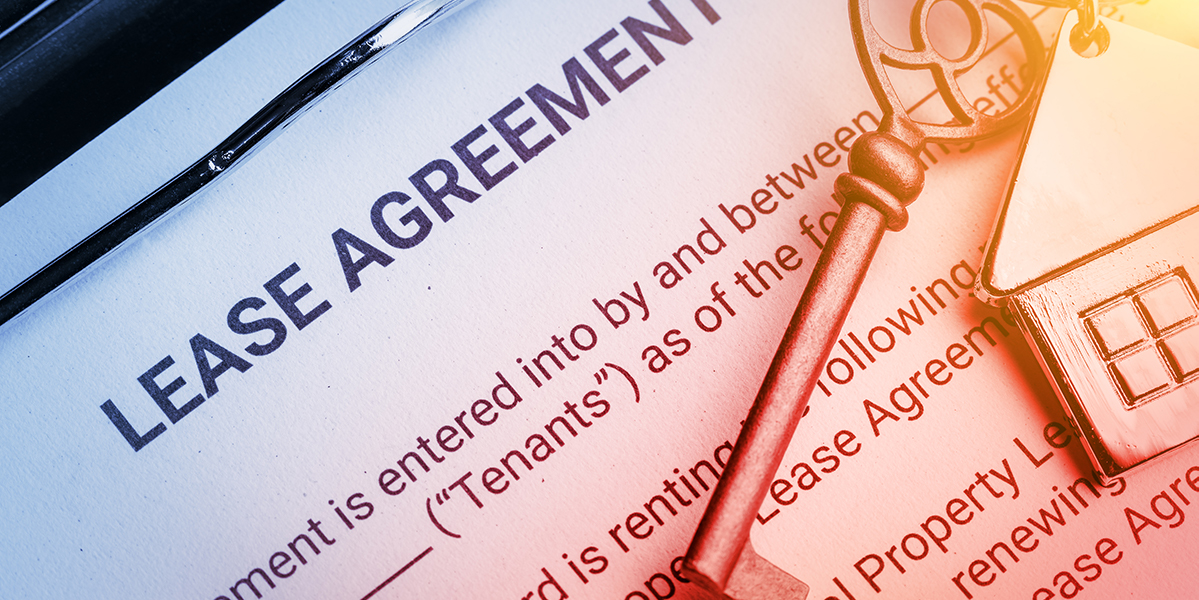Unfortunately, many tenants only hear about dilapidations when a claim is served on them by the landlord at the end of the lease. Our dilapidation lawyers deal with cases such as these every day, so we have put together a little guide to help you better understand the process.
Dilapidations is a specific area of law that relates to breaching of a tenant’s lease obligations or covenants. A dilapidation claim can be made by the landlord, against the tenant, during or towards the end of a lease. This document will contain references to the tenant breaking their lease obligations, this could be for a number of reasons.
The amount claimed can add up to more than 12 months rent, so it is important that you always understand the terms of your lease obligations. Subtleties in lease clause wording can significantly affect your responsibilities, so you need to know exactly where you stand. If you do not understand the terms, a dilapidation lawyer can help you understand, and comply, with them.
Avoiding Expected Charges
A ‘Schedule of Condition’ can be useful when it comes to limiting your liability under your lease. A Schedule of Condition is a detailed recording of a property’s condition, it is usually stored to use at a future time to establish the previous condition of the property.
This survey is typically included within a lease, to limit the tenants repairing obligations when it comes to the tenancy ending. A Schedule of Condition can be extremely valuable, it stops you signing a lease that states the property is in good condition, when in fact it isn’t.
It is advised that tenants seek legal advice from a dilapidation lawyer at the start of the lease, to ensure the tenant understands the terms of their lease, before agreeing to them.
Once you have committed to a property you should keep safe copies of every document you sign, to help solve any disputes at the end of the lease. Good maintenance of the property and its facilities will also help minimise your liabilities at the end.

